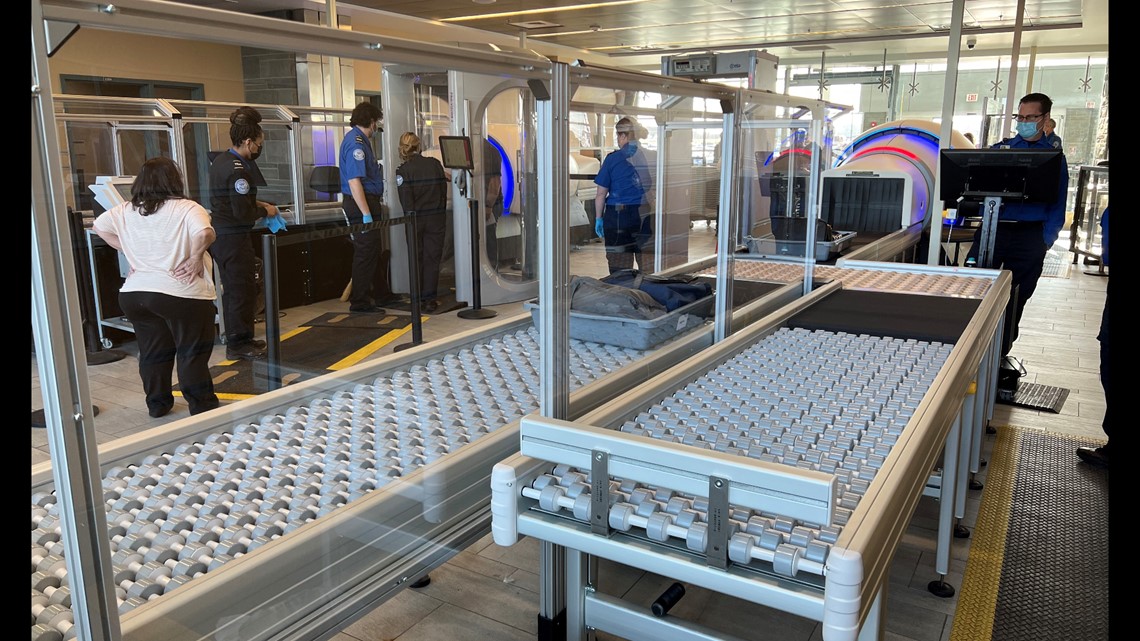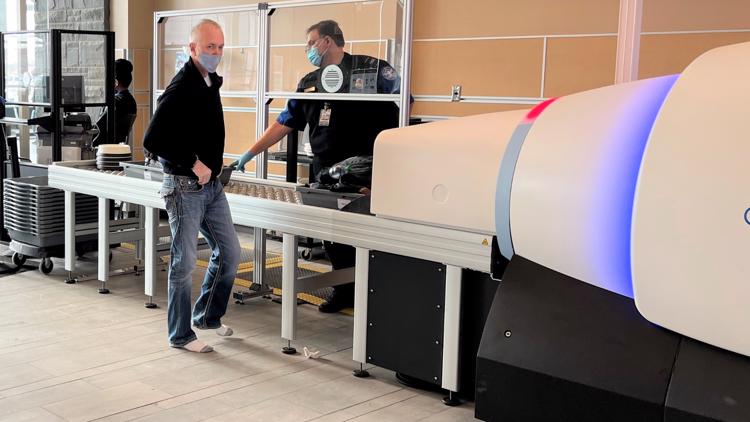NIAGARA FALLS, N.Y. — If you're traveling through the Niagara Falls International Airport, you may notice a new machine at the TSA security checkpoint.
The Transportation Security Administration (TSA) unveiled their new 'state-of-the-art' 3D checkpoint scanners to improve explosives detection.
“The new units provide critical explosives detection capabilities at the checkpoint,” said Bart R. Johnson, the TSA Federal Security Director for Upstate New York.
How does the machine work? According to the TSA, the system applies algorithms for the detection of explosives by creating the 3D image that can be viewed and rotated on three axes, which is viewed by a TSA officer.
The image created can detect explosives, including liquids, by shooting images with an x-ray camera that spins around the conveyor belt. This gives the TSA officers the 3D view of what's in the carry-on bag.
This type of technology could result in fewer bag checks. Passengers who went through the new checkpoints at the Watertown and Massena Airports were allowed to leave their laptops and other electronics in their bags.
“TSA remains committed in getting the best technology to enhance security and improve the screening experience. Our officers’ use of CT technology substantially improves our threat detection capability at the checkpoint,” Johnson said. “TSA’s current screening technology for carry-on bags uses 2-D images. The CT technology applies sophisticated algorithms for the detection of explosives, including liquid explosives and other threat items.”
The TSA says they expect the technology to be installed at the Buffalo Niagara International Airport sometime this spring.





